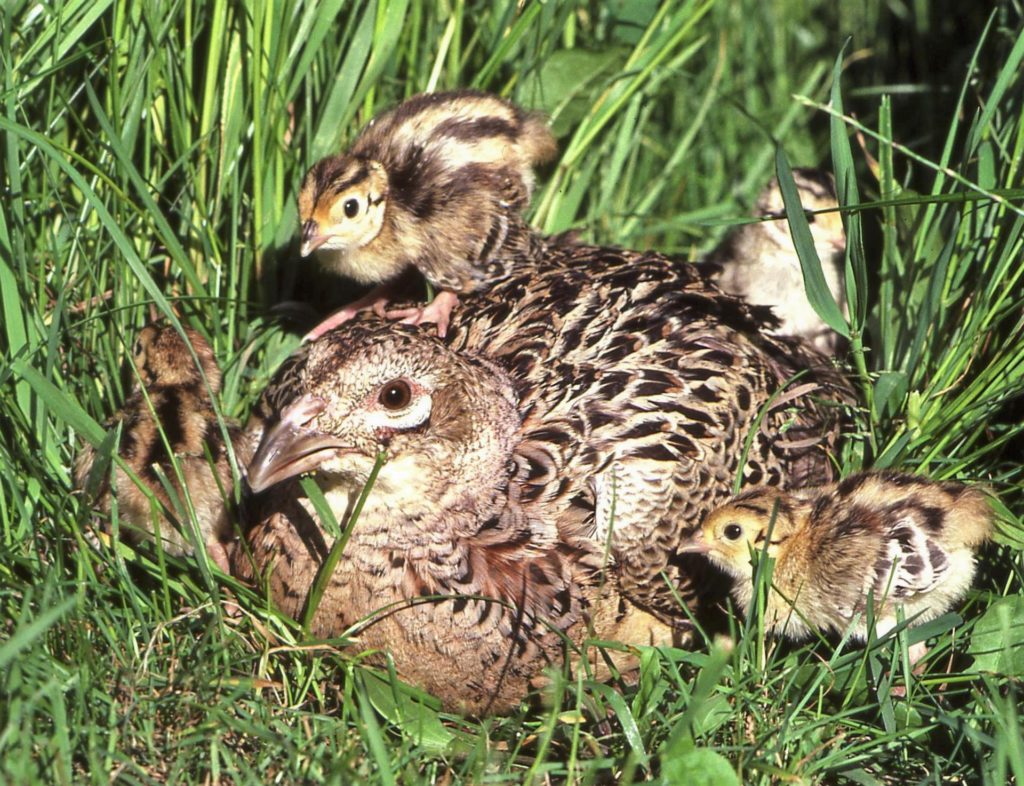Photography courtesy of Lowell Washburn, all rights reserved.
A hard winter followed by a wet spring will make it hard for Iowa pheasant populations to show significant gains during the 2019 nesting season, according to DNR Upland Wildlife Research Biologist, Todd Bogenschutz.

“We had an unusual winter last year,” said Bogenschutz. “It started out mild and dry, and then we had a winter’s worth of snow – 23 inches – in February. Not an easy winter for pheasants to survive.”
Factor in more bad news — abnormally late snow cover, widespread flooding, and record rainfalls across much of the state during April and May — and there’s not much chance of seeing a significant increase in pheasant numbers come fall.
But not all hope is lost, says Bogenschutz. Pheasant hens are persistent renesters. If early nests are lost to flooding or predators, hens will often make three or more attempts before finally hatching a clutch. Although late pheasant broods are generally smaller in number, they still make a valuable contribution to existing populations.
“Some survival beats no survival in my book any day,” said Bogenschutz.
The best indicator of this year’s pheasant nesting success will come from data collected during the DNR’s annual roadside game surveys. Beginning in August, wildlife biologists survey statewide upland game populations by tabulating the number of pheasants, bobwhite quail, cottontail rabbits and other small game species sighted while driving 218 designated, 30-mile roadside routes. Results of those surveys will become available in early September.

 Tom Cope
Tom Cope Sue Wilkinson
Sue Wilkinson Susan Judkins Josten
Susan Judkins Josten Rudi Roeslein
Rudi Roeslein Elyssa McFarland
Elyssa McFarland Mark Langgin
Mark Langgin Adam Janke
Adam Janke Joe Henry
Joe Henry Kristin Ashenbrenner
Kristin Ashenbrenner Joe Wilkinson
Joe Wilkinson Dr. Tammy Mildenstein
Dr. Tammy Mildenstein Sean McMahon
Sean McMahon